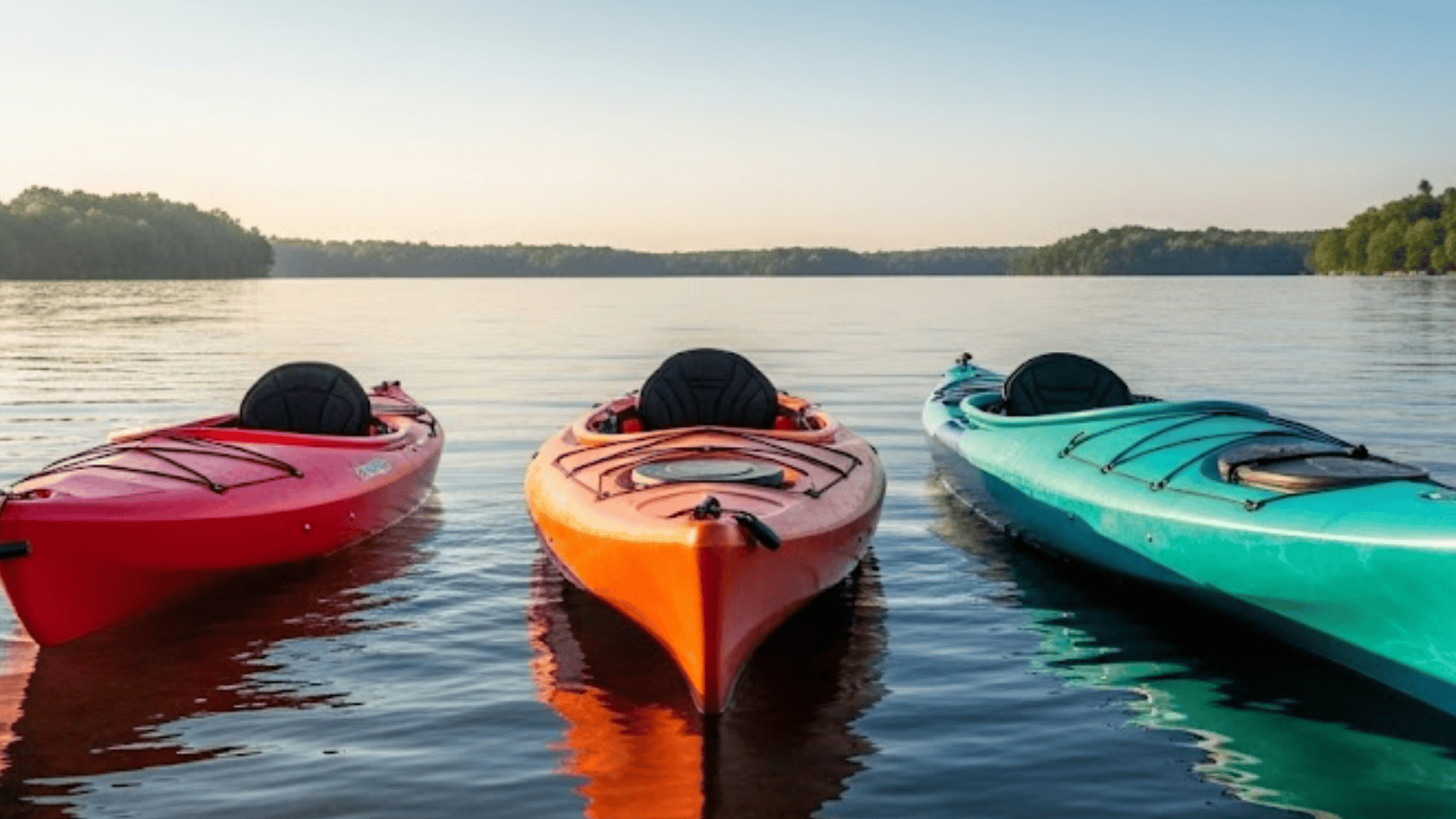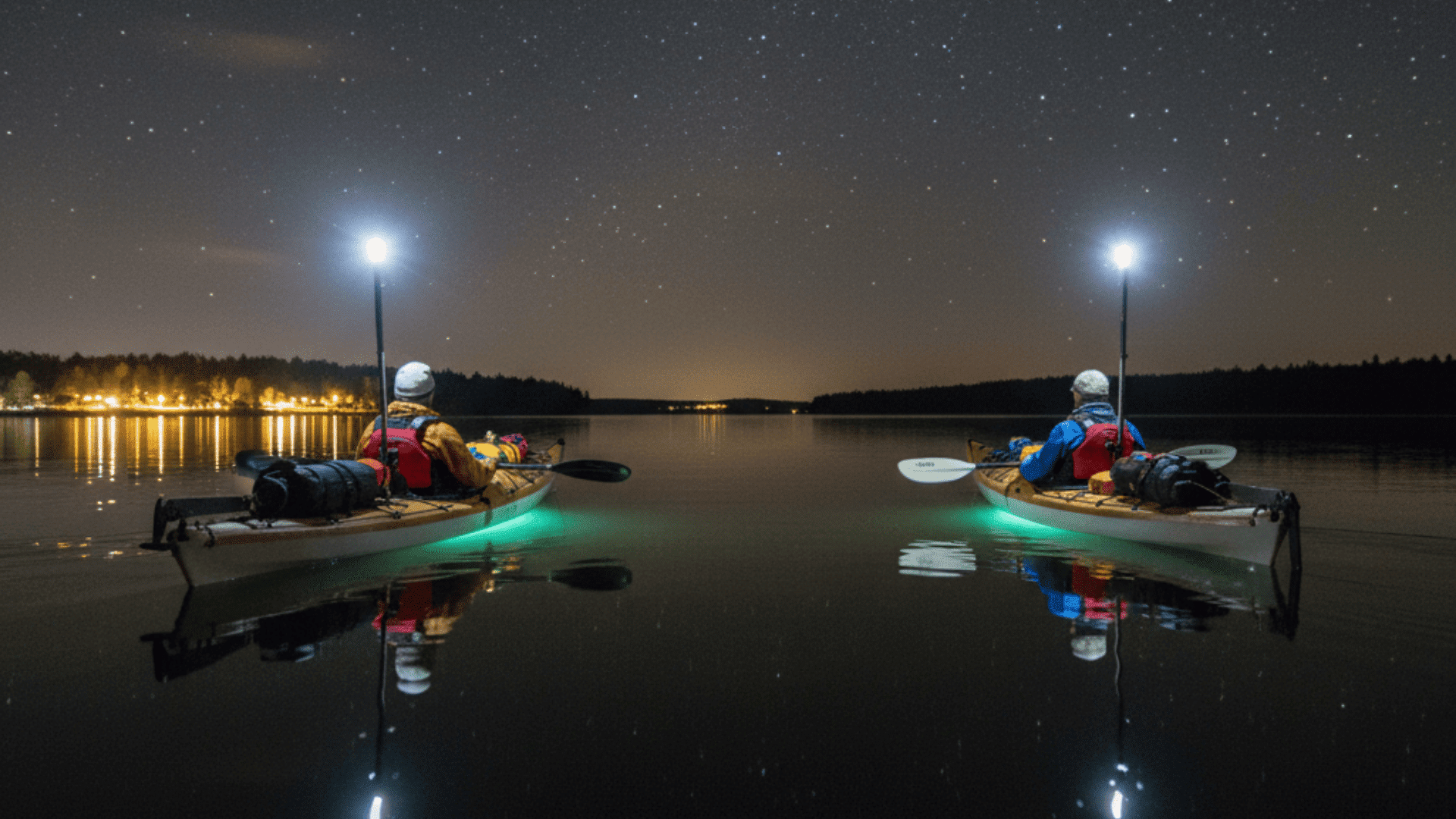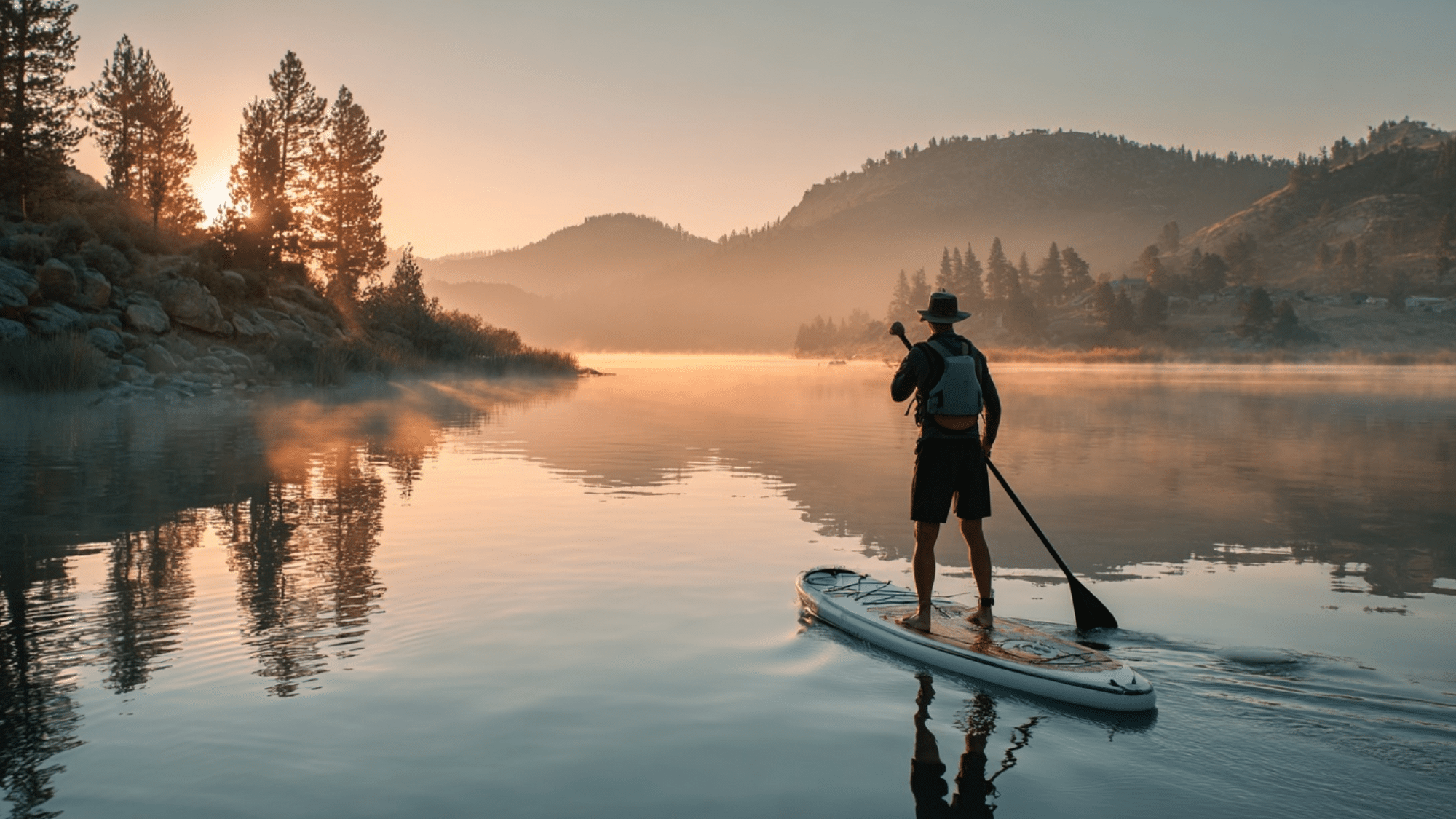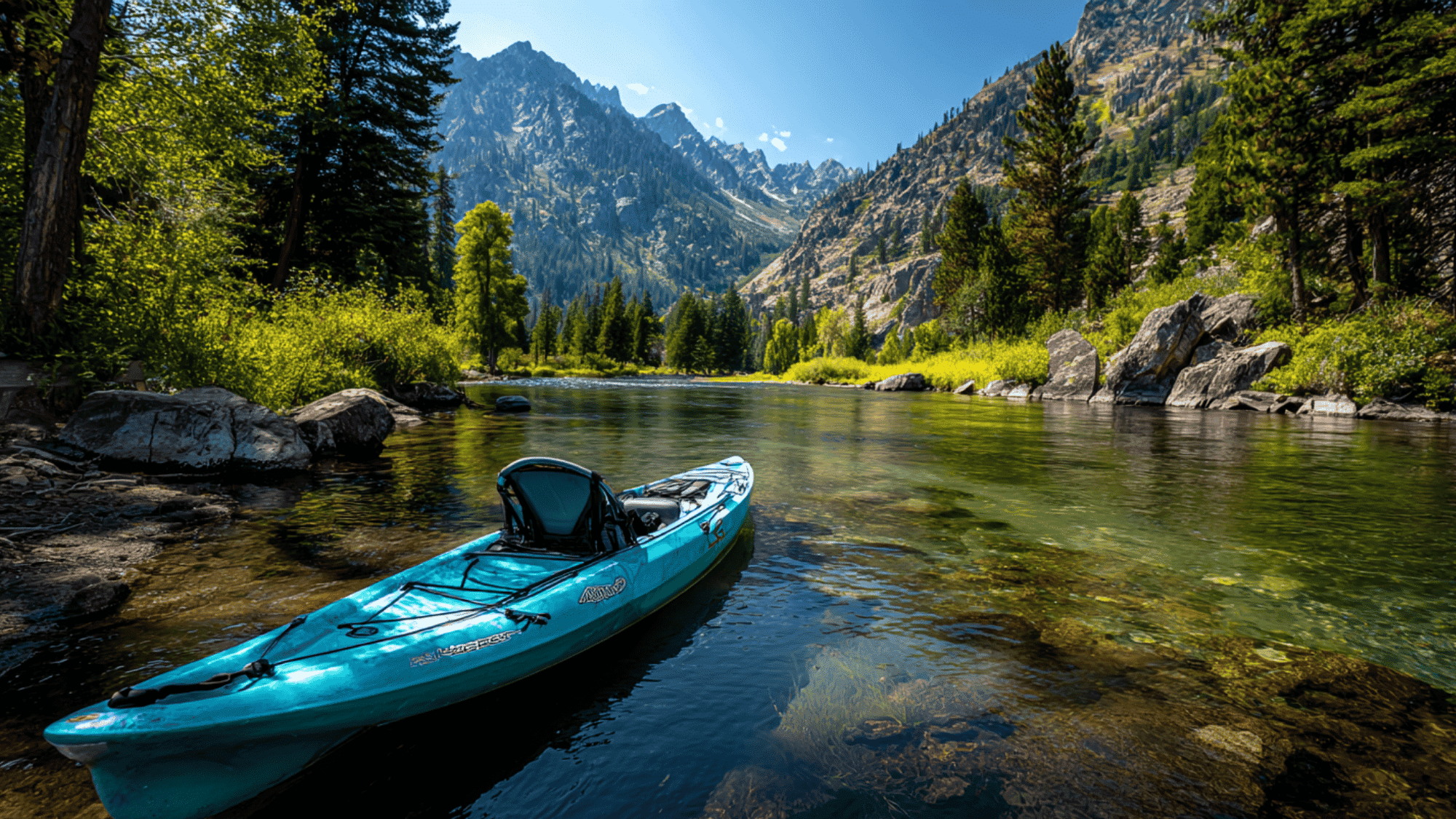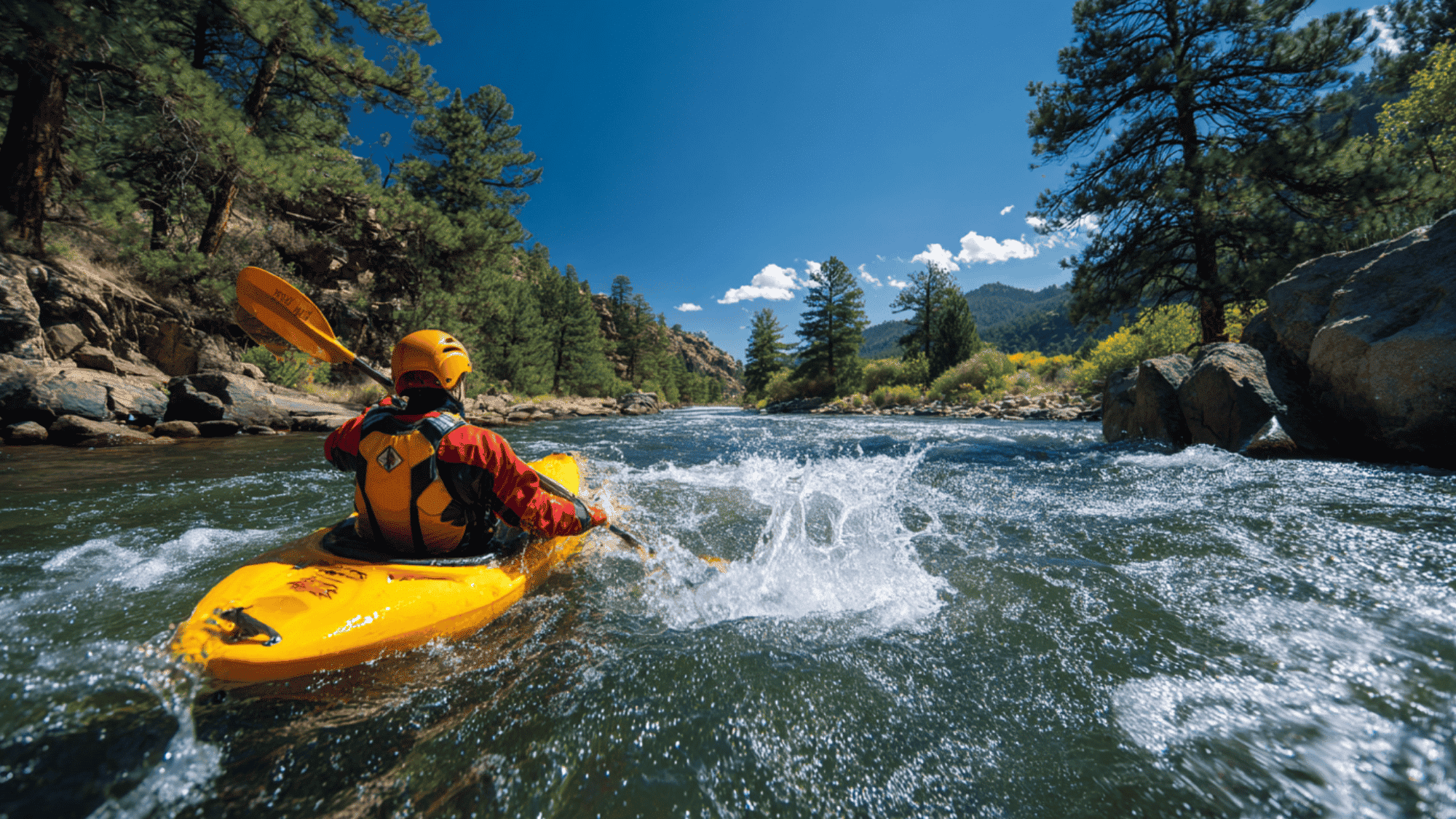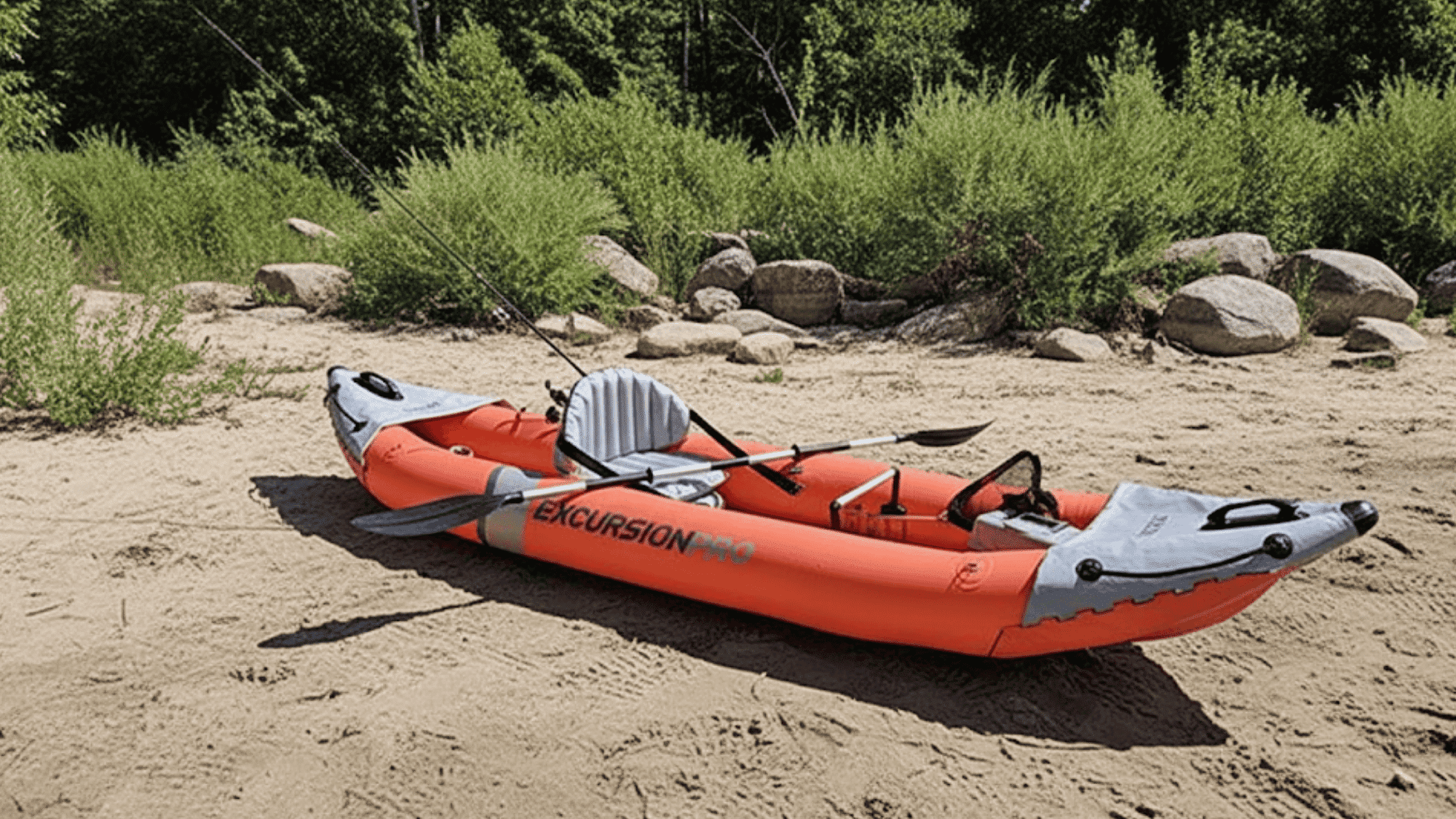Ever wondered why some kayaks are short and stubby while others are long and sleek?
The length of a kayak isn’t just about appearance; it plays a big role in how your kayak performs on the water.
From speed and stability to turning ability and comfort, length makes a huge difference.
If you’re paddling on a calm lake, guiding twisty rivers, or heading out for a long ocean trip, choosing the right size matters.
If you’ve ever asked yourself, How long are kayaks? the answer isn’t one-size-fits-all. Kayaks typically range from 6 feet to 16 feet or more, and each length has its own strengths.
How Long Are Kayaks on Average?
Kayaks come in a wide range of lengths, typically between 6 feet and 16 feet or more.
Short kayaks (6–9 ft) are small, lightweight, and easy to turn, making them great for kids, beginners, or whitewater paddling.
Medium kayaks (10–12 ft) offer a nice balance of speed and maneuverability, which is why they’re the most popular choice for recreational use.
On the other hand, long kayaks (13–16+ ft) are fast, steady, and perfect for long-distance trips or ocean paddling.
In short, short kayaks are playful, long kayaks are speedy, and medium kayaks give you the best of both worlds.
Types of Kayaks by Length
Kayaks come in various lengths, and each size is better suited for specific activities.
To make it easier, here’s a quick comparison of short, medium, and long kayaks with their best uses, pros, and cons.
| Length | Best For | Pros | Cons |
|---|---|---|---|
| Short (6–9 ft) |
Kids, beginners, whitewater | Easy to turn, light to carry, fun in rough waters | Not very fast, poor tracking, and limited storage |
| Medium (10–12 ft) | Recreational paddling, lakes, and calm rivers | Balanced speed & maneuverability, stable, comfortable | Not the fastest, may feel bulky for smaller paddlers |
| Long (13–16+ ft) |
Touring, ocean, long-distance trips | Fast, efficient, great tracking, lots of storage space | Harder to turn, heavier to carry, needs a roof rack or trailer |
Short kayaks are playful, medium kayaks offer balance, and long kayaks deliver speed and storage for big adventures.
Why Does Kayak Length Matter?
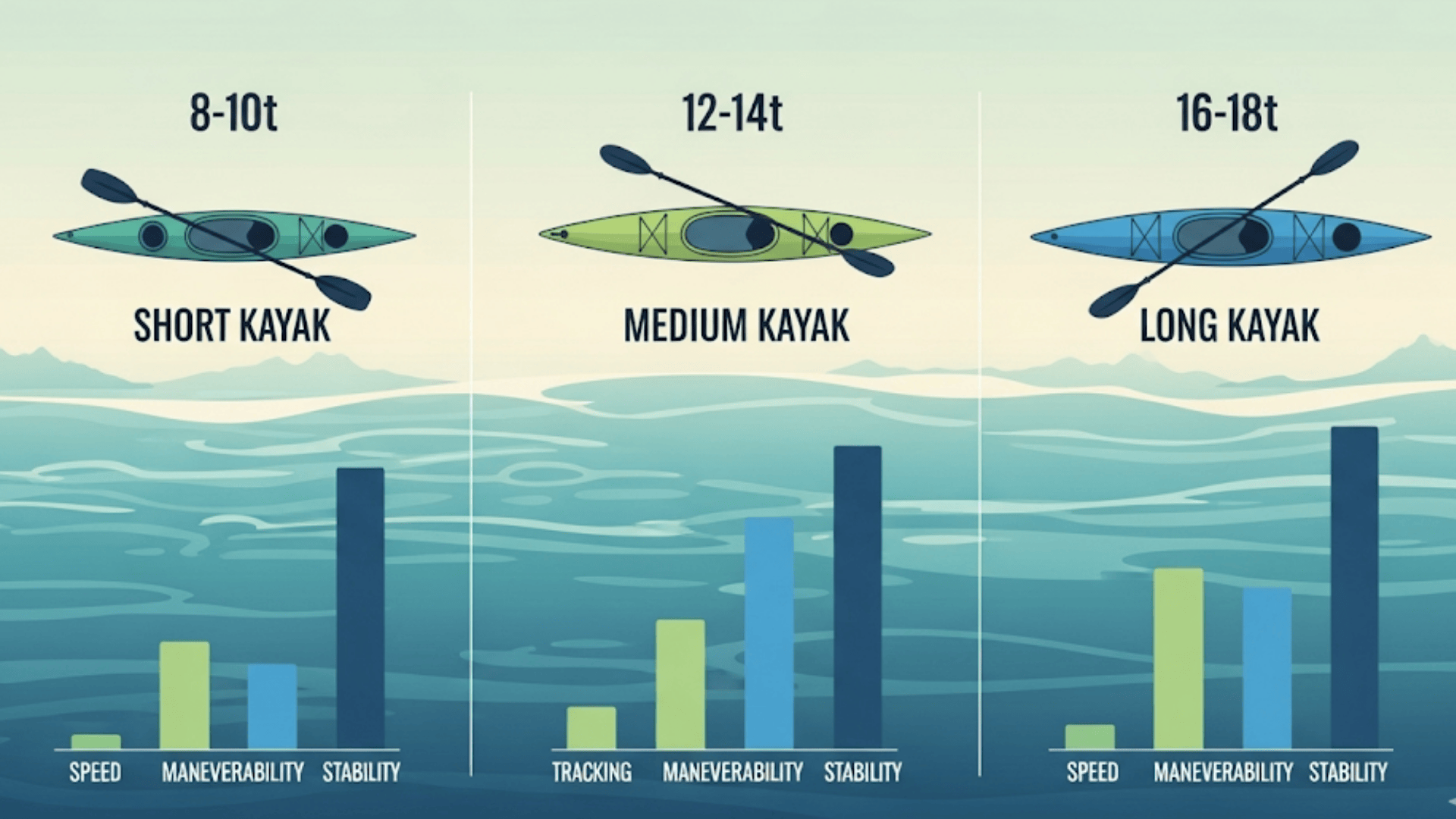
Kayak length isn’t just a number; it shapes how your boat performs on the water.
From speed to stability, the size of your kayak can make your ride smooth and efficient or playful and flexible. Let’s look at the key ways kayak length changes your paddling experience.
1. Speed
Longer kayaks move faster because they slice through the water with less resistance.
If you plan on paddling long distances, a longer kayak will save you energy and help you cover ground more quickly. Shorter kayaks are slower but offer a fun, relaxed pace for casual trips.
2. Tracking
Hunt is how straight your kayak goes when you paddle. Long kayaks excel here, keeping you on course with fewer strokes.
Short kayaks often wander side to side, which can be playful but tiring over longer distances. Your choice depends on whether you prefer fun or efficiency.
3. Maneuverability
If you’re paddling in tight or twisty waters, short kayaks shine. They respond quickly and turn easily, which makes them perfect for rivers or whitewater.
Longer kayaks are less maneuverable and can feel heavy in small spaces, but they’re unbeatable for open water and steady long-distance cruising.
4. Stability
Stability connects closely to both length and width. Short, wide kayaks feel solid under you, making them beginner-friendly and steady for fishing.
Longer, narrower kayaks feel less stable at first but offer speed and efficiency once you’re used to them. Your comfort level and paddling goals will guide your choice.
Kayak Dimensions: Cockpit, Width, and Legroom
When selecting a kayak, consider the cockpit size, legroom, width, and weight.
A larger cockpit, common in recreational and fishing kayaks, is easier to enter and exit, with space for gear or a pet.
Smaller cockpits in touring and whitewater kayaks connect you more closely to the boat, offering better control but feeling tighter.
Legroom is key for comfort; taller paddlers or those with longer legs need extra space, while shorter paddlers may not require as much.
Width affects stability: wide kayaks (28–34 in) are steady and beginner-friendly, while narrow ones (22–26 in) are faster for skilled paddlers.
Weight determines portability: light kayaks are easy to carry, medium balance handling, and heavy models add durability but require more effort.
Choosing the Right Kayak Length for You
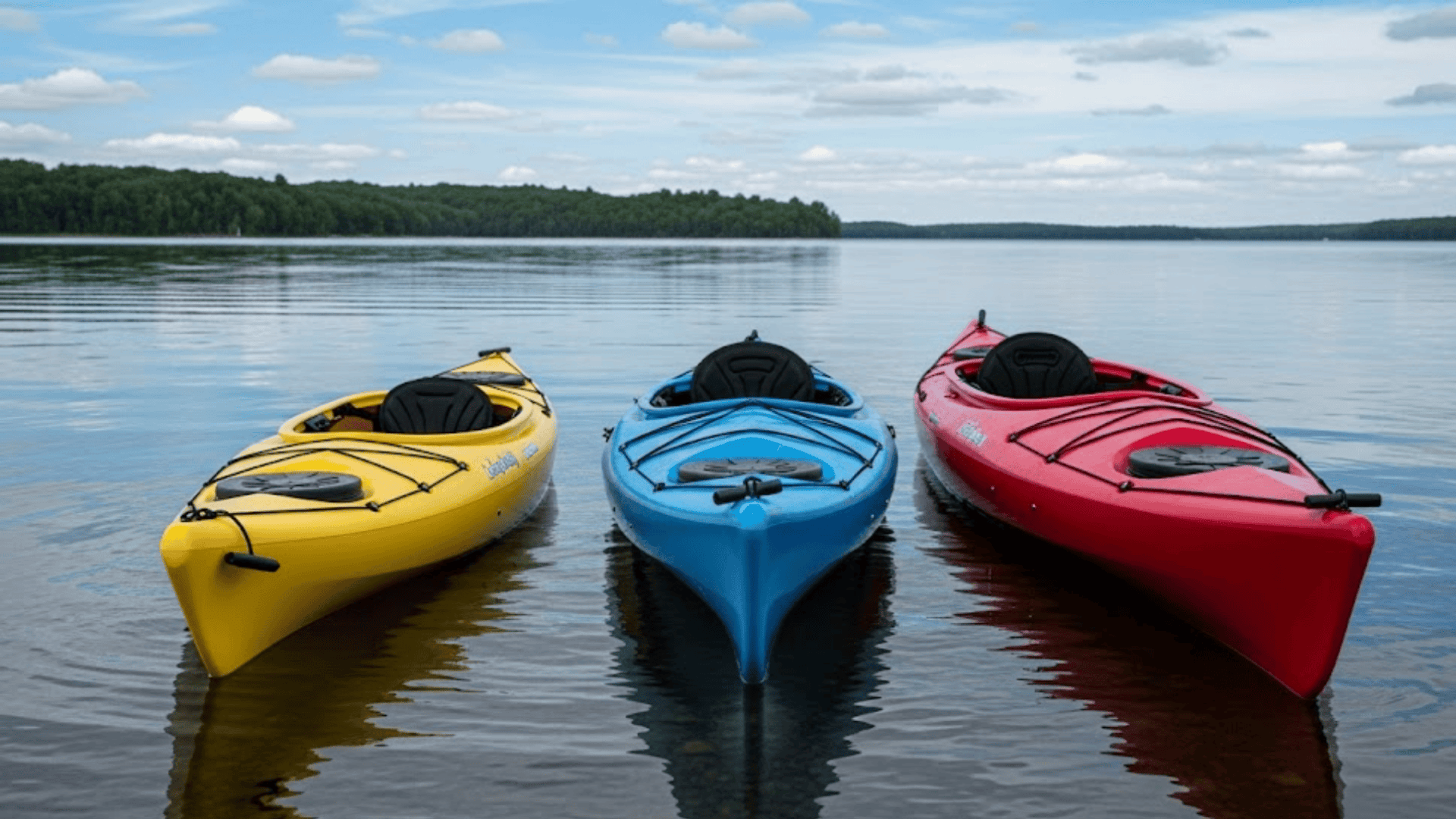
Now that you know how kayak length affects performance, let’s figure out what size is right for you. The main factors to consider are your body, your activity, and your lifestyle.
1. Your Height and Weight
Your size plays a big role in choosing the right kayak. Smaller paddlers typically handle shorter kayaks more effectively, while taller or heavier paddlers tend to benefit from longer ones that offer greater comfort and stability.
-
Under 5’6” / 150 lbs → 8–10 ft kayak
-
5’7”–6’0” / 150–200 lbs → 10–12 ft kayak
-
6’0”+ / 200+ lbs → 12+ ft kayak
2. Your Activity
What you plan to do with your kayak determines the ideal length. Shorter kayaks are fun and responsive for whitewater, while longer kayaks excel at touring and sea adventures with better speed and efficiency.
-
Fishing → 10–12 ft sit-on-top
-
Whitewater → 8–9 ft short kayak
-
Recreational → 10–12 ft balanced kayak
-
Touring/Sea → 14–16 ft kayak
3. Your Lifestyle
Practical factors, such as storage and transportation, also matter. If you live in a small space or drive a compact car, a shorter kayak is easier. Longer kayaks are preferable if you want to store gear and equipment for extended trips.
-
Transport → Short kayaks fit cars/SUVs
-
Storage → Short kayaks fit small spaces
-
Gear → Long kayaks carry more equipment
Storage, Transportation, and Launching
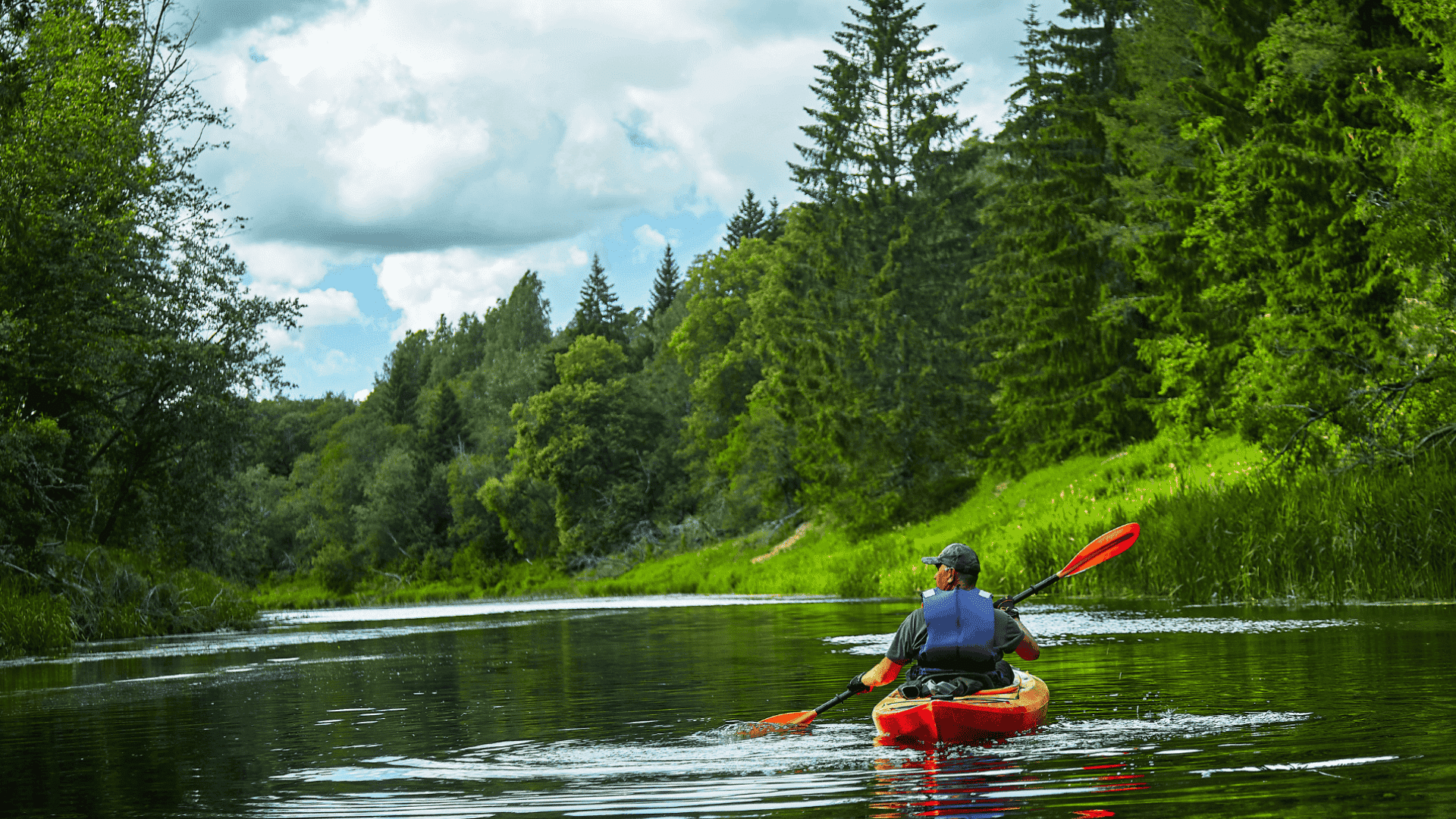
Choosing a kayak means considering more than just performance on the water. Storage space, transport needs, and ease of launching are just as important.
| Factor | Short/Light Kayaks | Long/Heavy Kayaks |
|---|---|---|
| Storage | Fit in garages or small spaces | Need racks, trailers, or large storage |
| Transport | Easy to carry, may fit in SUVs | Require roof racks, carts, or trailers |
| Launching | Quick to launch, easy at shore | Harder to launch, smoother for long trips |
In short, smaller kayaks are easier to handle, while larger ones offer the extra effort a reward of stability and efficiency on longer paddles.
Final Thoughts
Choosing the right kayak length, width, and weight can make all the difference in how much you enjoy your time on the water.
Short kayaks are playful and easy to handle, medium ones offer balance, and long kayaks are built for speed and distance.
Width provides stability, while weight determines how easily your kayak can be moved and stored.
The best kayak is the one that matches your body, lifestyle, and experience goals. Ready to start paddling?
Take what you’ve learned and pick the kayak that fits you best. Your perfect experience is waiting!
Frequently Asked Questions
Is a Longer Kayak Always Better?
Not always. Longer kayaks are faster and better suited for distance, while shorter kayaks are easier for beginners and ideal for river paddling.
Can I Use a Short Kayak in the Ocean?
Yes, but not ideal. Longer kayaks (14+ ft) handle rough water better, offering increased speed, improved tracking, and enhanced stability offshore.
What Size Kayak Do I Need for Fishing?
A 10–12 ft sit-on-top kayak works best. It’s stable, easy to handle, and provides plenty of space for fishing gear.
How Much Does Kayak Length Affect Weight Capacity?
Length matters. Longer kayaks can hold more weight, but always check the manufacturer’s guidelines to ensure your kayak supports you and your gear.


